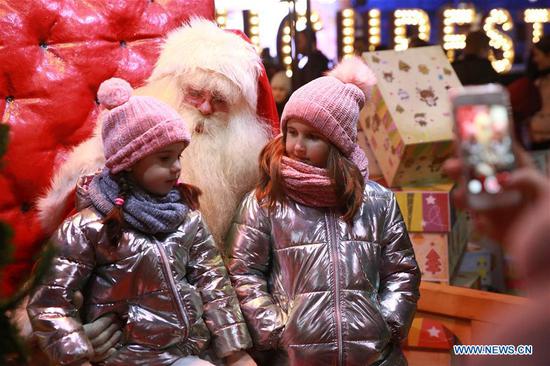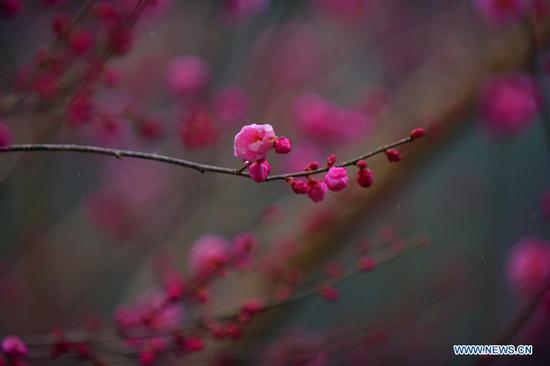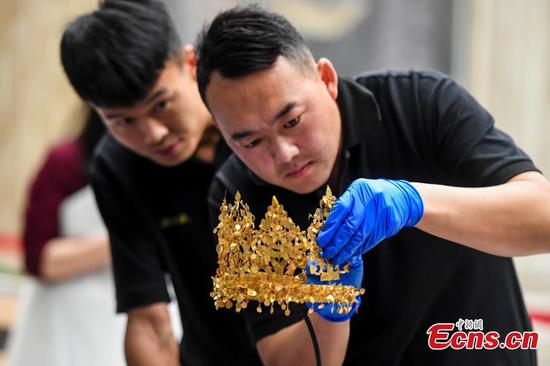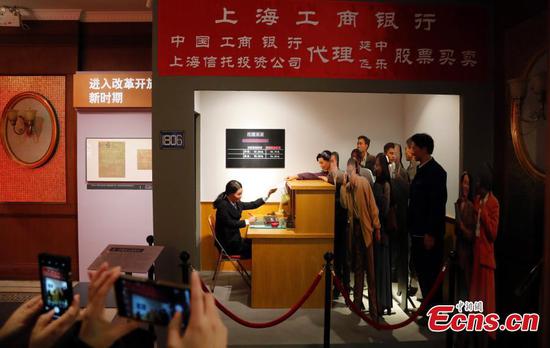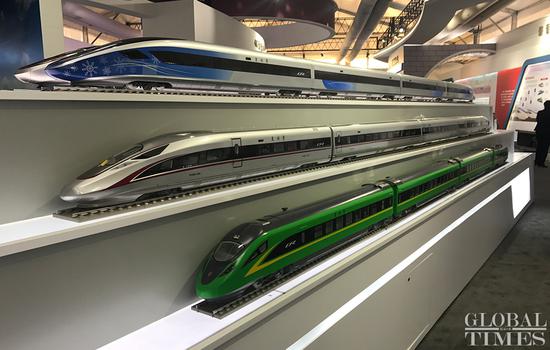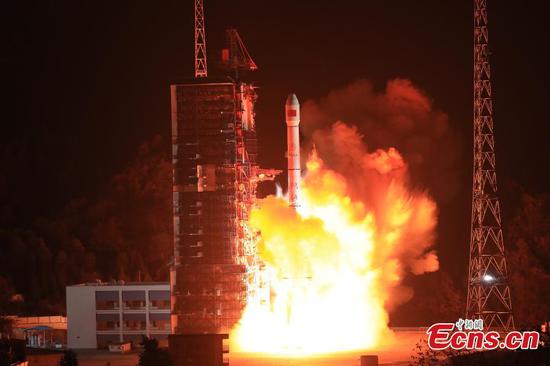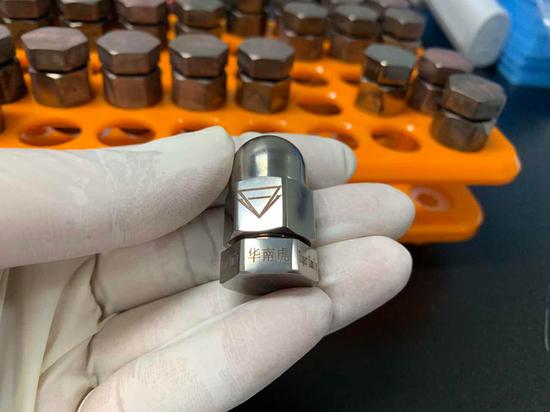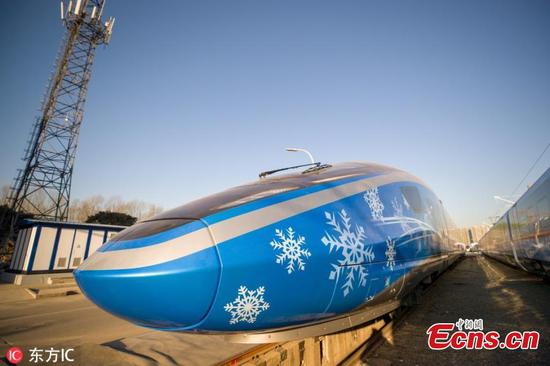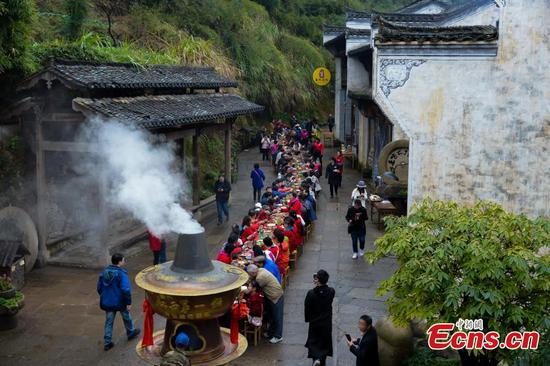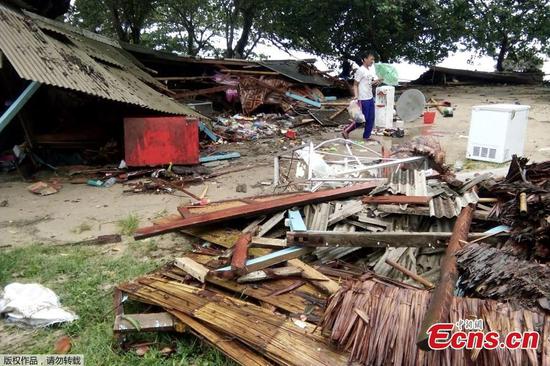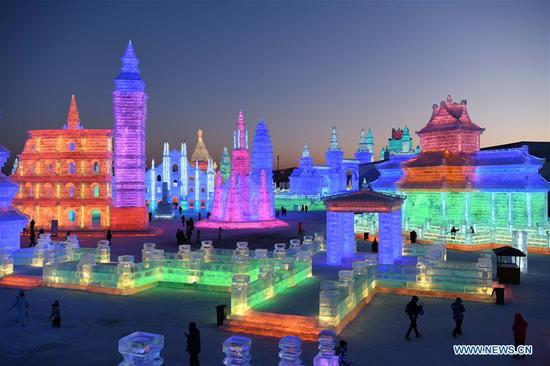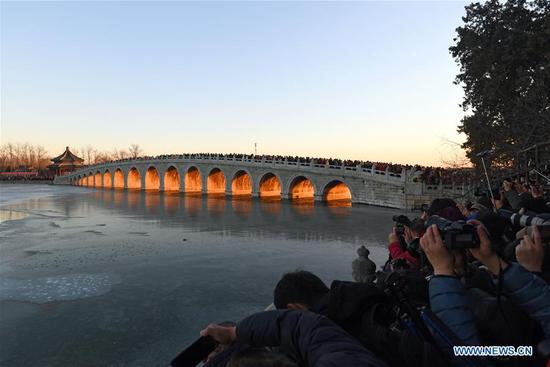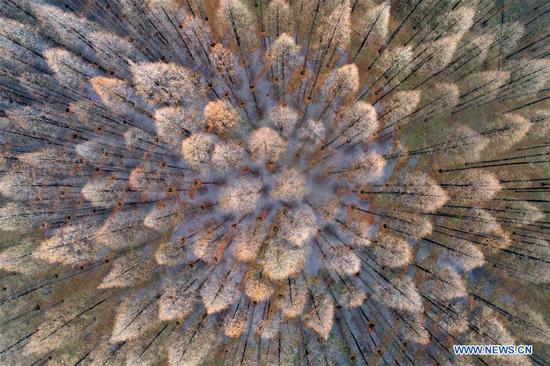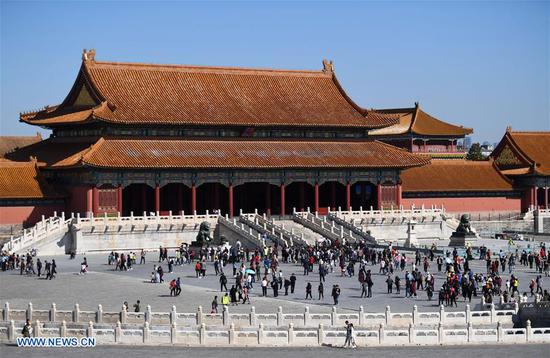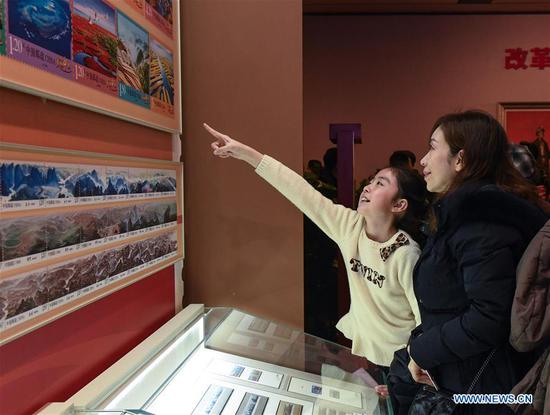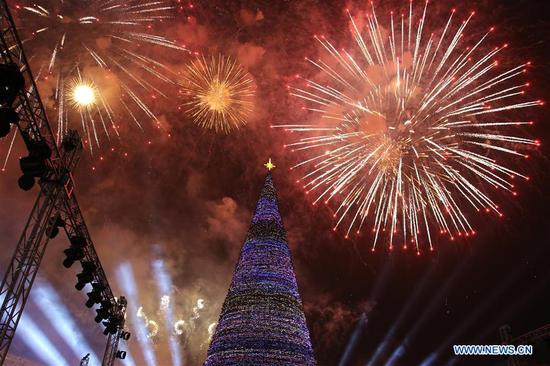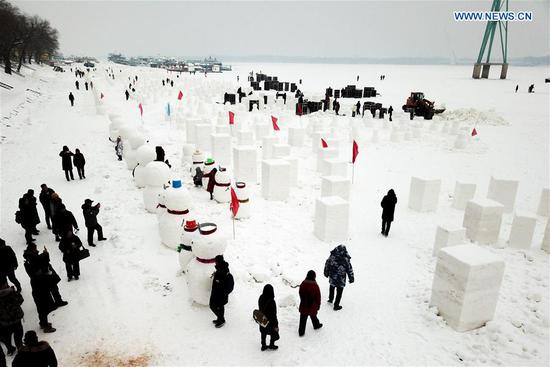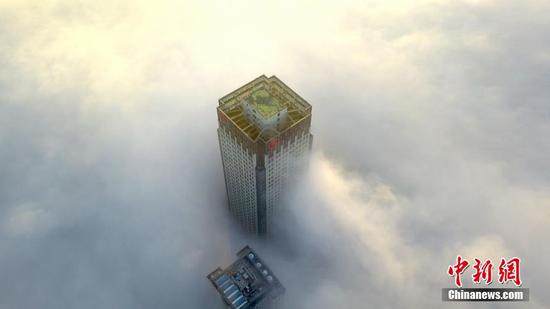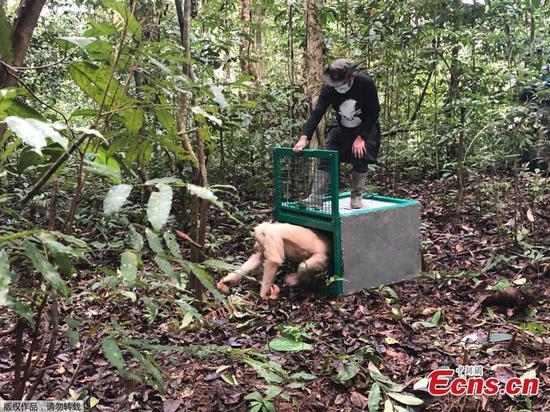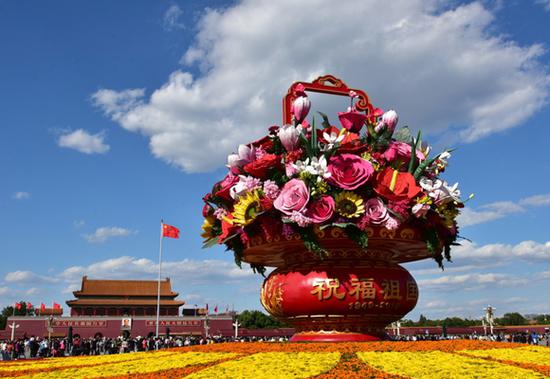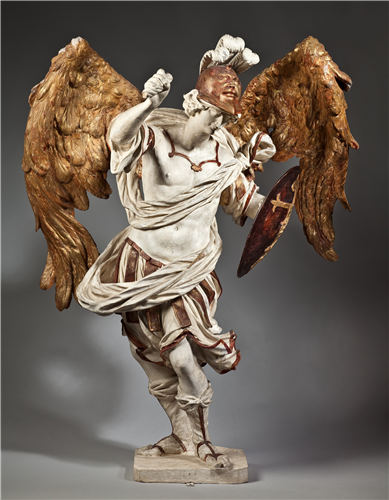
Polish cultural relics on show in the Capital Museum include a statue of the archangel Saint Michael. (Photo provided to China Daily)
Zhao Yazhuo, Chinese curator of the display, has designed three sections for the exhibition.
"We want to show the diversity within the elite class in the first section," she says. "For example, the Polish aristocrats, deputies of the Holy Roman Empire, the rising bourgeois, the Catholic Church …they made the political atmosphere in Silesia really complicated."
Consequently, portraits of aristocrats and the social elite from different backgrounds have been carefully selected for this section of the exhibition to reflect a cross-section of the region's upper class. The eyes of one portrait of a lawyer can "roll" due to a clock pendulum installed in the painting. Zhao explains that such a gadget shows people's pursuit of novelty during a time when the Baroque aesthetic was favored.
She added that Silesia was dominated by Protestants before the Thirty Years' War. However, it was controlled by the Catholic Church afterward, which gave impetus to a booming period of passionate Baroque art in the region.
The second section of the exhibition is focused on the most representative works by Silesian artists. For instance, though sculptor Matthias Steinl was from Austria, he left many works in the churches of Silesia. A set of six angelic choir statuettes and a statue of archangel Saint Michael are probably among the best examples of his work and show why he acquired his reputation.
The third section, which displays ordinary people's belongings, however, may be the best demonstration of Wroclaw's rebirth. The funerary shields from different industry guilds are displayed in the center of the hall. They were used to pay posthumous homage to a citizen's lifelong devotion to their jobs. The prosperity of a city cannot ignore each laborer's contributions.









